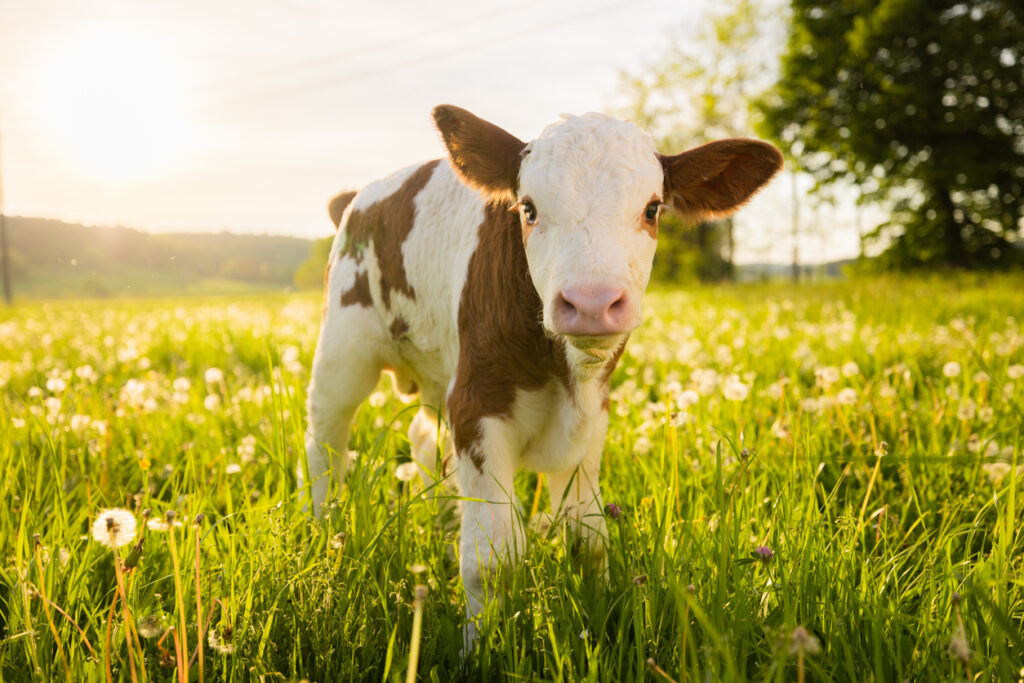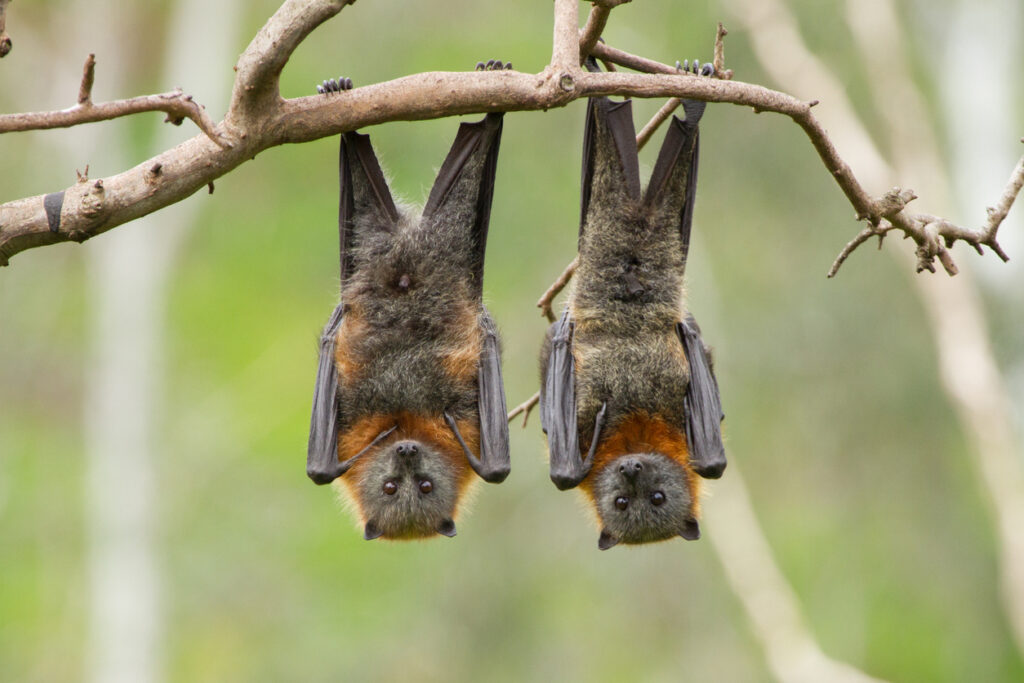Mammals are a diverse group of animals adapted to various environments around the world, from scorching deserts to icy oceans. Their unique characteristics and behaviours make them a fascinating subject of study, which is why we’re sharing some of our favourite facts about them here.
What is a mammal?
Mammals, by their simplest definition, are warm-blooded vertebrates with hair or fur, three middle ear bones, and mammary glands that produce milk for their young.
Mammals vary greatly in appearance and habitat. Some, like cats and dogs, have four legs, while others, like dolphins and seals, have flippers. So, there isn’t really a way to identify a mammal just by looking at it.
Take the duck-billed platypus, for example. It has the bill of a duck, and it lays eggs like a duck, but it’s still a mammal!
Mammals can be found in basically every corner of the earth’s environments, thriving in hot, dry deserts and cold, icy oceans, showcasing their incredible ability to adapt.
Facts about mammals
Over 5,000 species
There are more than 5,000 species of mammals, including familiar ones like monkeys, dolphins, whales, seals, dogs, and elephants. As you can tell by that list of animals, mammals make up arguably the most diverse group of animals on the planet, living in almost every corner of the earth.
Survivors of the dinosaur extinction
Mammals managed to survive the catastrophic events that led to the extinction of dinosaurs about 66 million years ago. Their small size, warm-blooded nature, and ability to live in varied environments helped them thrive when many other species perished. If not for their huge variety and adaptability, it’s unlikely that mammals would have survived an otherwise disastrous event.
Milk for the young
All mammals produce milk to feed their young, providing essential nutrients for growth and development. This process, known as lactation, is a defining characteristic of mammals and allows them to focus on rearing their young rather than gathering external food sources early into the development of their young.
Warm-blooded
Mammals regulate their body temperature internally, maintaining a constant temperature regardless of external conditions. This warm-blooded nature allows them to survive in diverse climates, from the freezing Arctic to tropical rainforests. Their fur, or hair, will usually enable them to stay warm in the cold environments that they’ve adapted to.
Live birth

Most mammals give birth to live young rather than laying eggs. By giving birth to live young, mammals increase their chances of their young surviving to adulthood by avoiding the vulnerable external incubation stage that reptiles and birds succumb to. Only a couple of species, like the platypus and echidna, lay eggs.
Parental care
Adult mammals often engage in extensive parental care, protecting and nurturing their young until they can survive independently. This care includes feeding, teaching survival skills, and protecting from predators. The age of maturity depends on the species, with some species reaching sexual maturity at only a few years old, while humans, with their lengthy lifespan, usually stay with guardians until at least 16 years old.
Flying mammals

It’s not just the land and seas that mammals have conquered, but also the skies. Bats are unique among mammals for their ability to fly. Unlike gliding mammals, such as sugar gliders, bats have developed true flight with their wing structures, allowing them to fly through the air to hunt for insects.
Speed of the cheetah
Cheetahs are the fastest land mammals, capable of reaching speeds up to 70 mph in short bursts. Their speed over short distances helps them catch unsuspecting prey in the wild, making them formidable hunters.
Largest mammal
The blue whale is not only the largest mammal but the largest animal altogether currently on Earth. Growing up to 33.5 metres in length and weighing as much as 150 metric tonnes, they’re impossible to miss swimming through the ocean. Despite their enormous size, blue whales feed primarily on tiny krill by filter-feeding.
Humans are mammals
Humans are classified as mammals due to shared traits like warm-bloodedness, live births, and milk production. Our advanced cognitive abilities and complex societies set us apart from other mammals, with chimpanzees being our closest relatives.
Varied diets
Mammals have evolved various diets, from herbivorous cows and deer to carnivorous lions and omnivorous bears. Similarly to other adaptations, this diversity in feeding strategies allows them to occupy different areas of the planet where food varies massively.
Social structures
Many mammals, such as elephants, wolves, and primates, are known for their complex social structures that allow them to thrive by relying on a group. These social structures often involve cooperation for hunting, protection, and raising young, highlighting the importance of social bonds in the longevity of mammalian species.
Mammals are incredibly versatile and have adapted to nearly every environment on Earth over millions of years. Whether that be through live-bearing, lactation or the remarkable ability to thrive on land and in the sea, mammals have demonstrated that they can survive in almost any environment.
Book your tickets to Tynemouth Aquarium today to see how mammals interact within an ecosystem of reptiles, fish and other mammals.
